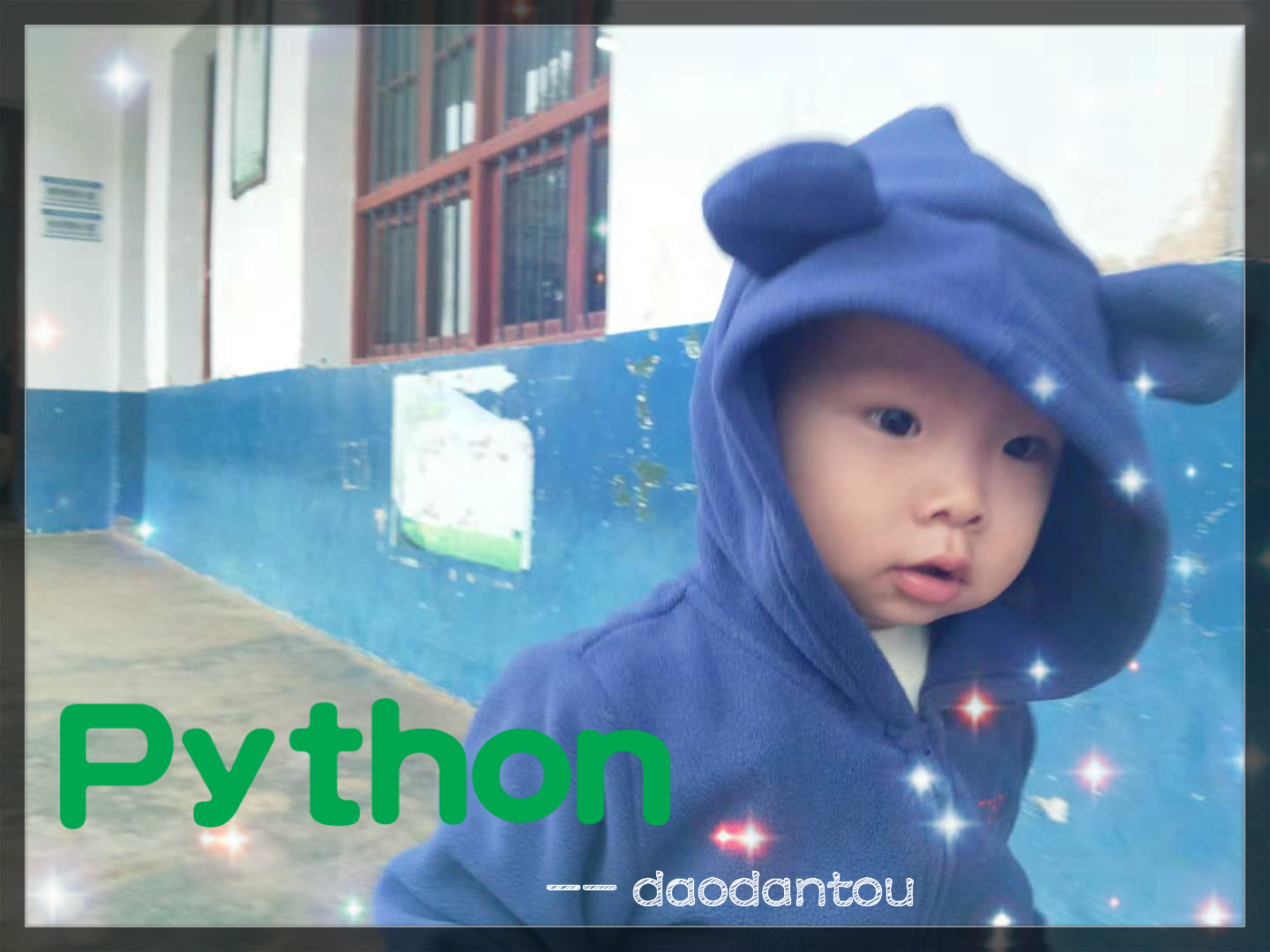
7.1.2 字典的各种内置方法
在序列里为不存在位置赋值,会出现错误;
而在字典不存在得位置赋值,会创建。工厂函数(类型)
以前学过 str(),int(),list(),tuple().......
1.fromkeys() 用于创建和返回一个新的字典 不是修改
2个参数 第一个是键,第二个可选,默认None
举例如下
dict1={}
dict1.fromkeys((1,2,3))
print(dict1)
------------------------
{} #????????????????????? 原始字典是空的,方法返回的是一个新字典!!!!
改写如下
dict1={}
print(dict1.fromkeys((1,2,3)))
----------------------------
{1: None, 2: None, 3: None}
=======================================
dict2={}
print(dict2.fromkeys((1,2,3),"Number"))
----------------------------
{1: 'Number', 2: 'Number', 3: 'Number'}
==========================================
dict3={}
print(dict3.fromkeys((1,2,3),("one","two","three")))
-----------------------------------
{1: ('one', 'two', 'three'), 2: ('one', 'two', 'three'), 3: ('one', 'two', 'three')}
============================================================
dict3字典改新过程后,并不是对应关系,而是将后面的所有当作一个值。
2.keys()和values()和items()
dict1={}
dict1=dict1.fromkeys(range(32),"赞")
print(dict1)
-----------------------------
{0: '赞', 1: '赞', 2: '赞', 3: '赞', 4: '赞',......31 '赞'}
=======================================
dict1={}
dict1=dict1.fromkeys(range(32),"赞")
for eachkey in dict1.keys():
print(eachkey)
-------------
0
1
2
.
.
31
=====================================
dict1={}
dict1=dict1.fromkeys(range(32),"赞")
for eachvalue in dict1.values():
print(eachvalue)
--------------
赞
.
.
.
赞
=========================================
dict1={}
dict1=dict1.fromkeys(range(32),"赞")
for eachItem in dict1.items():
print(eachItem)
---------------------------
(0, '赞')
(1, '赞')
.
.
(31, '赞')
===================================================
当我们不明确字典内部的键和项的时候,引用会出错。如下
dict1={}
dict1=dict1.fromkeys(range(32),"赞")
print(dict1[32])
-------------------------------
KeyError: 32 #提示没有这个键
===================================================
如何解决以上问题呢?
3.get() 括号内填写的是键 不是序列号
dict2={1:"one",2:"two",3:"three"}
print(dict2.get(3))
print(dict2.get(0))
-----------------------
three
None
===========================================
如果想找不到该参数时候,返回指定值 比如“木有”:
print(dict2.get(32,"木有"))
==============================================
如果不知道一个键 是否再字典中 可以用成员资格操作符 in或not in
dict2={1:"one",2:"two",3:"three"}
print(3 in dict2)
print(4 in dict2)
print(5 not in dict2)
------------------------
True
False
True
==================================================
再字典中检查键的成员资格比序列更高效,当数据规模大的时候,差距很明显。
原因:字典采用哈希方法一对一找到成员,序列采用的是迭代的方式阻隔比对。
清空字典,则使用 clear()方法
dict2={1:"one",2:"two",3:"three"}
dict2.clear()
print(dict2)
-------------------
{}
===============================================
使用变量名赋值为一个空字典方法来清空
dict2={1:"one",2:"two",3:"three"}
dict2={}
print(dict2)
-----------------------
{}
==================效果看似一样啊?思考如下代码 ==========================
a={"name":"Daodantou"}
b=a
print(b)
a={}
print(a)
print(b)
-------------
{'name': 'Daodantou'}
{}
{'name': 'Daodantou'}
=========================
a={"name":"Daodantou"}
b=a
print(b)
a.clear()
print(a)
print(b)
---------------------------
{'name': 'Daodantou'}
{}
{}
===============================
数据密码时候,采用赋值为空字典存在安全隐患,而clear()方法安全些。
拓展思考 在这个问题上 有关 整型 字符串区别
a=1
b=a
print(b)
a=7
print(a)
print(b)
---------
1
7
1
-------=================-----
a="坦克"
b=a
print(b)
a="飞机"
print(a)
print(b)
--------------------
坦克
飞机
坦克
=================================